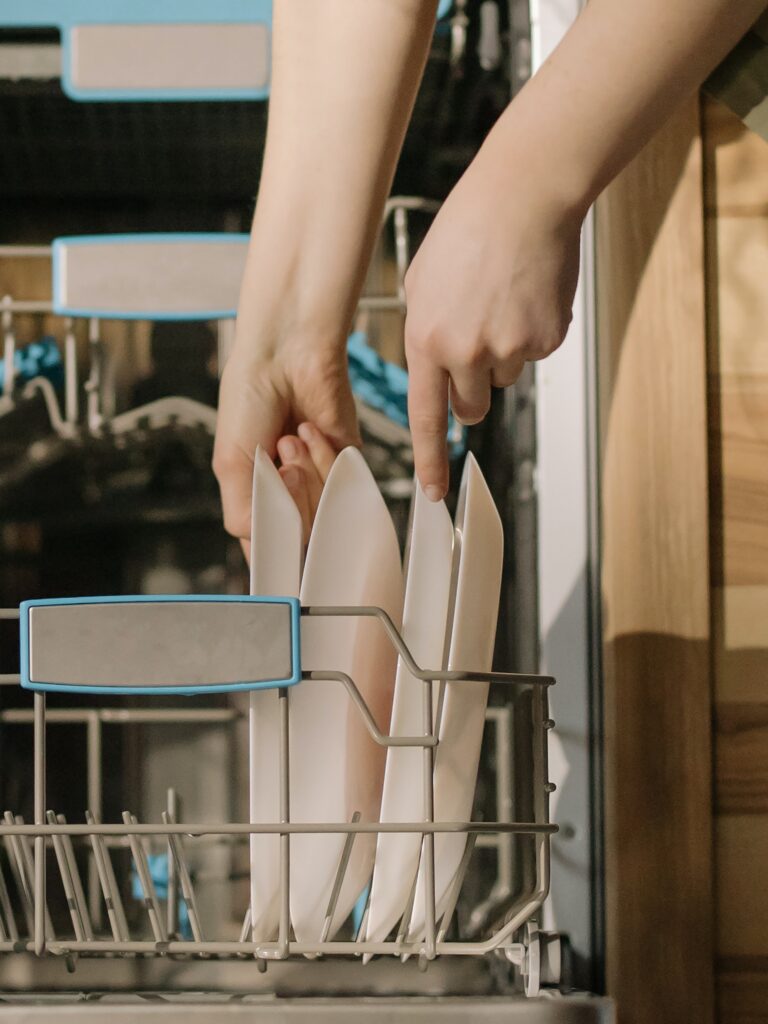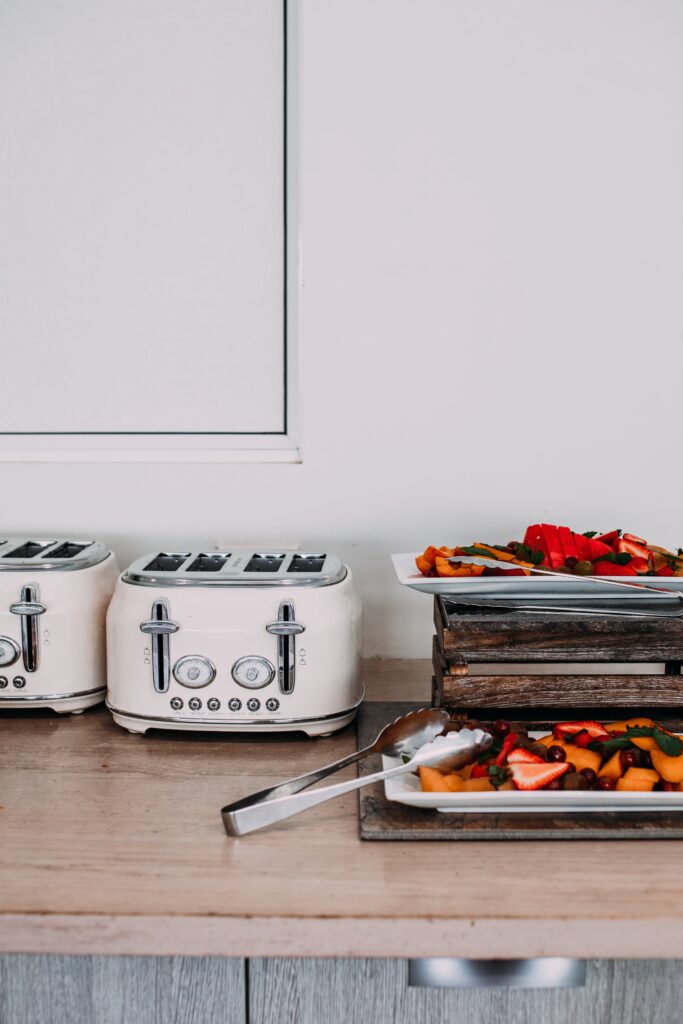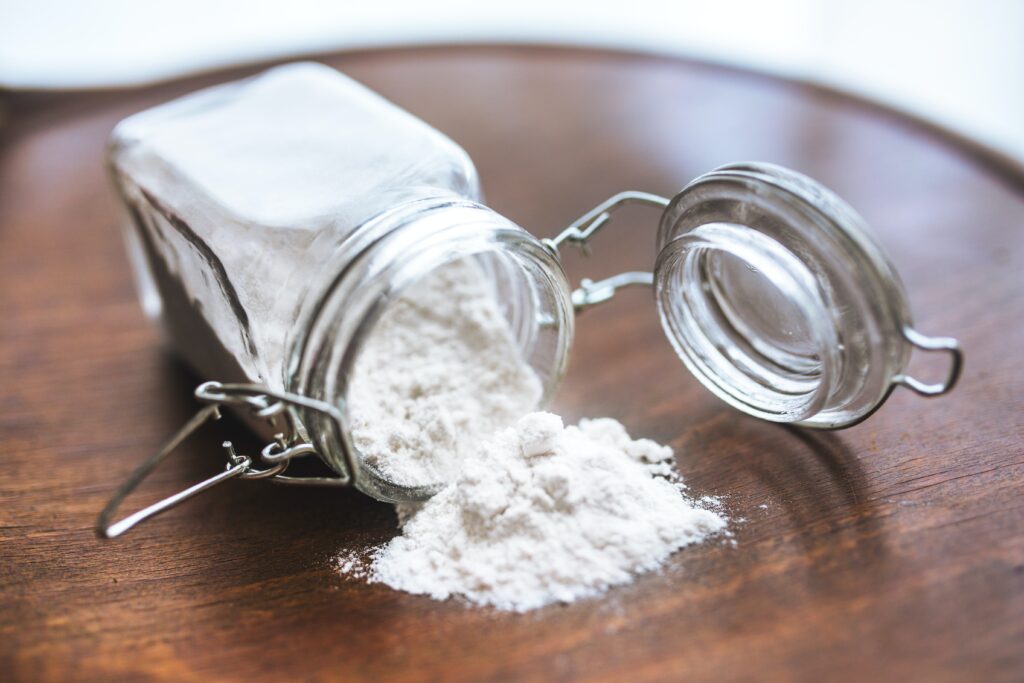- Going gluten free is not impossible.
- It is easy to clean gluten off the surfaces.
- Gluten can easily be removed with strong lemon soap.
Cleaning gluten off the kitchen surfaces or the utensils is vital for anyone who is gluten intolerant. Even a single slice of bread has many gluten molecules that hinder your diet or trigger your gluten allergy. So, you might need to know how to clean gluten off surfaces in the kitchen properly.
Gluten can be anywhere, and you need to thoroughly clean the kitchen surfaces and utensils to cook safely without cross-contamination.
Few ways to clean the gluten off different surfaces
- SEGREGATE THE FOOD
The best way to go completely gluten free is by segregating the food items. Always keep the food items away from gluten substances, especially in the fridge.
Assign different racks for your gluten substances and your ordinary ingredients. Clean the rack in the fridge before you place it. Use plastic boxes, so it is easier to clean off than metal boxes or containers.
If possible, avoid keeping gluten items in the same fridge. Even in the pantry, segregate the entire area and assign precisely, so there is no cross-contamination.
Always clean the racks with soap before you place the items. Wipe the containers before placing the food and wipe around the container after closing the lid.
When it comes to the freezer, never keep all the food together. Instead, either use two freezers for two kinds of food or only keep one type of food in the freezer.
There is a high possibility that gluten molecules can multiply and contaminate the freezer.
- WASH UTENSILS SEPARATELY

If you’re going completely gluten free, there would be no issues with using utensils normally. But if other people in the family or roommates are not on a gluten-free diet, using the same utensils would be a problem.
You have to be very careful when using the utensils; always wash them before using them and use different soap and sponges. The gluten particles are so small and stubborn that they get stuck to sponges and corners of the utensils.
Use liquid soap and different washing scrubs for your utensils. Never use them for gluten dishes. Sometimes, the gluten substances can be in the air like baking powders, wheat, etc., and get stuck to the utensils. This can be harmful to gluten intolerants. So it is better to wash the utensils before and after use without fail.
The best way to clean utensils is with lemon-based liquid soap. It is acidic and easily removes gluten strains off the utensils, and also gives an antibacterial finish.
- CLEAN THE EXHAUST AND CEILING FAN BLADES
Gluten molecules are tiny and can easily roam the kitchen. The first place they settle in is the exhaust surfaces and the ceiling fan blades. The right way to clean them is with soap oil. Soap oil is a little more acidic than regular soap liquid.
It is better to use soap oil once a week and use a different wiping cloth to clean them. Thoroughly wash the clothes in the strong detergent, so there won’t be any traces of gluten on it.
- BUY A NEW TOASTER

No matter how much you clean a toaster with a toaster brush, there will always be some bread stuck in it. So if you are going gluten free, the only way to overcome the gluten is to buy a new toaster for the gluten free bread.
There is a high possibility of gluten cross-contamination if you are using your old toaster. Never mix the toasters again with gluten bread. Always wipe the toaster inside out before you use it and clean it even after using it.
You can clean gluten off the toaster’s exterior with the help of a detergent. Strong detergents can help you remove butter or oil stains easily and remove gluten substances off the utensils.
- CLEAN THE KITCHEN COUNTERS
Gluten molecules can quickly get stuck to corners, and kitchen counters are the easiest places for the gluten to reside. Gluten on bread crumbs can quickly increase with bacteria and start spreading on kitchen counters.
You can use soap oils and lemon-based cleaners to wipe off the entire kitchen counter. Next, scrub the kitchen slabs, the cupboard handles, and kitchen tiles. Make sure you wipe them off every three days and keep them extremely clean. Cross-contamination of gluten is easily possible if you are not careful.
- THROW OR GIVE AWAY GLUTEN FLOUR

When you are going gluten free, the first thing to do is throw away or give away the gluten flour to people. People who are gluten intolerant can get extremely sick if they breathe gluten flour in the air. You have to handle packages of flour very carefully and make sure the packages have no holes.
If it spills on the kitchen floor, make sure to clean the area around it also, so you leave no traces of gluten and prevent cross-contamination of gluten.
If you are storing gluten flour in the fridge, keep it in a tight container, place it in a different corner, far from gluten free items. Never leave the packages open and unattended. The best way to avoid gluten flour contamination is to keep the flour out of the kitchen and keep them in an entirely different rack in the pantry.
- USE NONSTICK PANS
Using nonstick pans can help you to keep the gluten off the surfaces. Nonstick pans have no pores, and the Teflon coating helps keep the food from getting stuck in the pores.
Metal pans have tiny pores on their layer, and plastic containers can scratch easily, making the materials vulnerable to gluten cross-contamination. So even though you scrub them really hard, there is a high possibility for the food to get stuck in the pores.
Nonstick pans address the issue and help you prevent cross-contamination. Please do not use a scrubber to remove the Teflon and scratch the pan when washing the nonstick pans. Instead, use a strong dishwasher to clean the pans.
- CLEAN THE OVEN
Ovens are the easiest places for cross-contamination. For example, if you use your oven for baking bread, cupcakes, and pizza, it will likely have rich gluten-containing crumbs in the bottom and impact your gluten free items.
When you use your oven for cooking meat or any other dish, gluten-filled walls and the racks can leave gluten residue on the dish being cooked.
Clean your oven frequently and use lemon-based dish cleaner to have better results. And after cleaning and wiping the oven, close the oven and set a high temperature for 5 minutes. The high temperature can kill any leftover gluten molecules.
Conclusion
Going gluten free is difficult, and it requires a lot of cleaning.
Use a strong dish cleaner with lemon flavor or neem as its acidic nature can kill any gluten molecules.
Keep the kitchen surfaces very clean and use detergents for oily surfaces like exhausts and ceiling fans. Follow the steps, and you’ll have a gluten free kitchen!
More Posts for You: